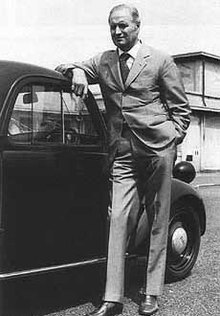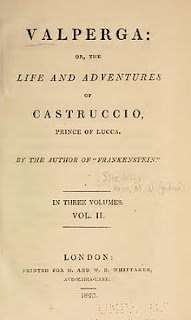Dante Giacosa - auto engineer
Designer known as ‘the father of the Cinquecento'
The automobile engineer Dante Giacosa, who worked for the Italian car maker Fiat for almost half a century and designed the iconic Fiat 500 - the Cinquecento - in all its incarnations as well as numerous other classic models, died on this day in 1996 at the age of 91. Giacosa was the lead design engineer for Fiat from 1946 to 1970. As such, he was head of all Fiat car projects during that time and the direction of the company’s output was effectively entirely down to him. In addition to his success with the Cinquecento, Giacosa’s Fiat 128, launched in 1969, became the template adopted by virtually every other manufacturer in the world for front-wheel drive cars. Read more…
________________________________________________________________
Franco Bonvicini – comic book artist
Comic artist became famous for satirising the Nazis
Franco Bonvicini, who signed his comic strips Bonvi, was born on this day in 1941 in either Parma or Modena in Emilia-Romagna. The correct birthplace is unknown. According to the artist, his mother registered him in both places to obtain double the usual amount of food stamps for rations. After a brief spell working in advertising, Bonvi made his debut in the comic strip world for the Rome newspaper Paese Sera with his creation Sturmtruppen in 1968. This series satirising the German army and the Nazis was a big hit and was published in various periodicals over the years. It was also translated for publication in other countries. Read more...
_________________________________________________________________
Pope Benedict XIV
Bologna cardinal seen as great intellectual leader
Prospero Lorenzo Lambertini, who would in his later years become Pope Benedict XIV, was born on this day in 1675 in Bologna. Lambertini was a man of considerable intellect, considered one of the most erudite men of his time and arguably the greatest scholar of all the popes. He promoted scientific learning, the baroque arts, the reinvigoration of the philosophy of Saint Thomas Aquinas and the study of the human form. He was Bishop of Ancona at the age of 52, Archbishop of Bologna at 56 and Pope at 65 but at no time did he consider his elevation to these posts an honour upon which to congratulate himself. He saw them as the opportunity to do good and tackled each job with zeal and energy. Read more…
_________________________________________________________________
Bianca Maria Visconti – Duchess of Milan
Ruler fought alongside her troops to defend her territory
Bianca Maria Visconti, the daughter of Filippo Maria Visconti, Duke of Milan, was born on this day in 1425 near Settimo Pavese in Lombardy. A strong character, her surviving letters showed she was able to run Milan efficiently after becoming Duchess and even supposedly donned a suit of armour and rode with her troops into battle, earning herself the nickname, Warrior Woman. Bianca Maria was the illegitimate daughter of the Duke of Milan, and was sent to live with her mother in comfortable conditions in a castle where she received a good education. At the age of six she was betrothed for political reasons to the condottiero, Francesco I Sforza, who was 24 years older than her. They eventually married when she was 16, after which Bianca Maria quickly proved her skills in administration and diplomacy. Read more...
Home


























